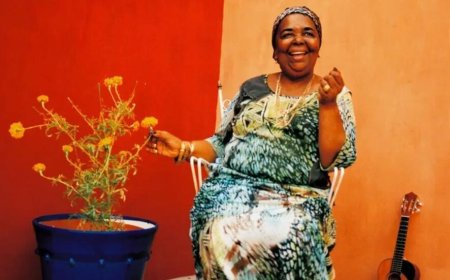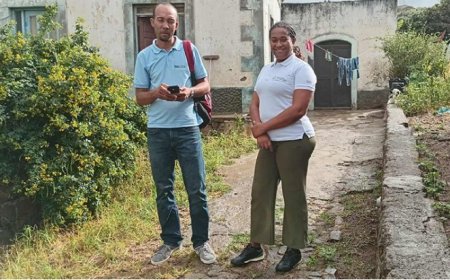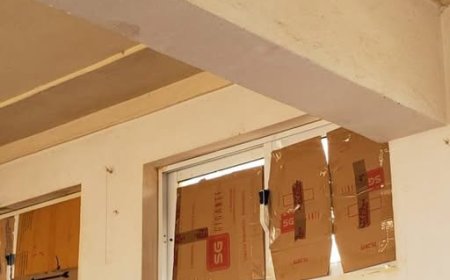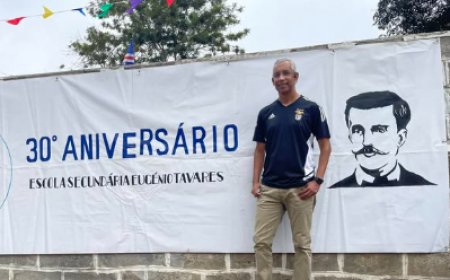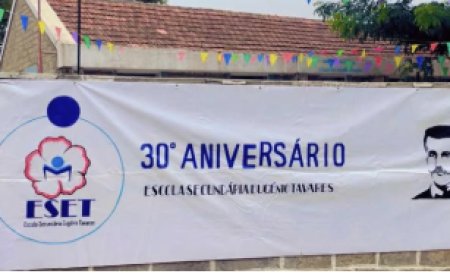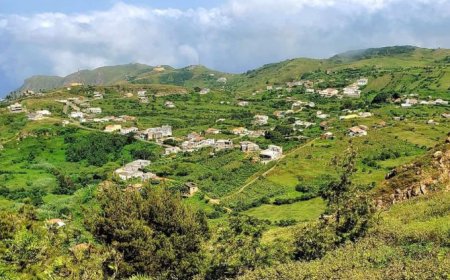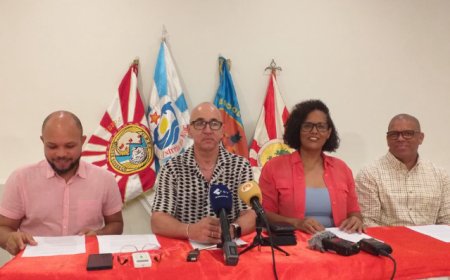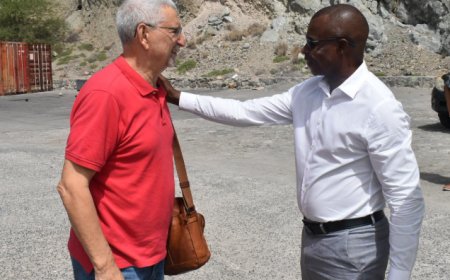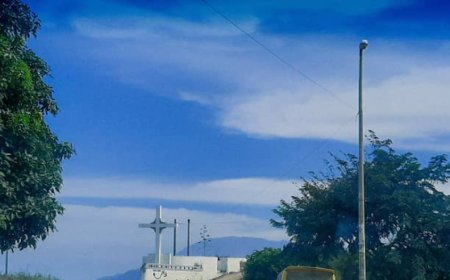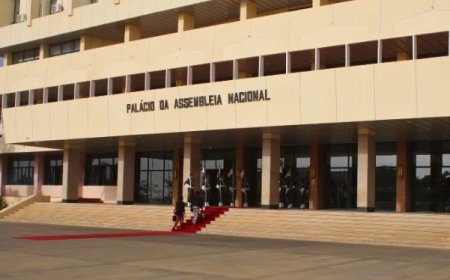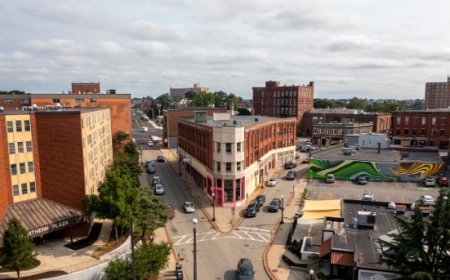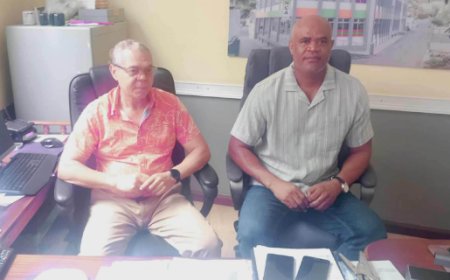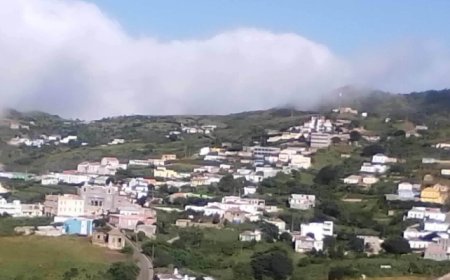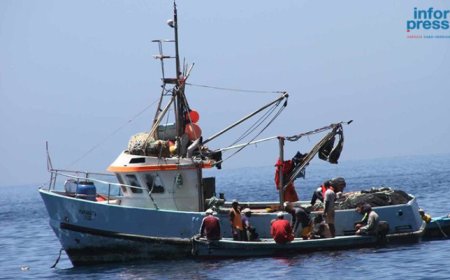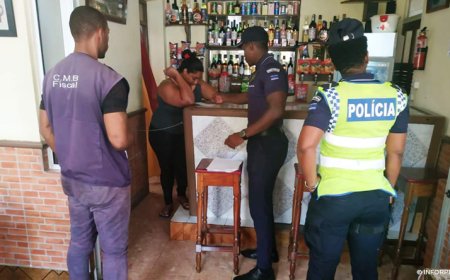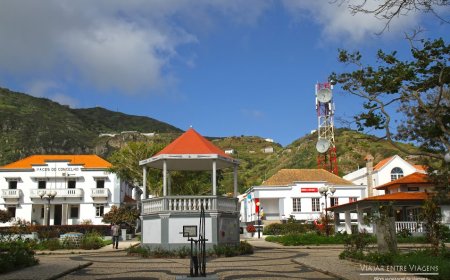New road on Ilha Brava generates controversy - Why insist on the parallel?
Nova Sintra City, August 12, 2025 (Bravanews) - The news of the construction of a new road linking the towns of Fajã D'Água and Palhal on the island of Brava, initially celebrated as a crucial advance for local mobility, is generating a wave of discontent and bewilderment. The reason? The project envisages the use of parallels (sidewalks) instead of asphalt, a choice that many consider an anachronism in the 21st century.
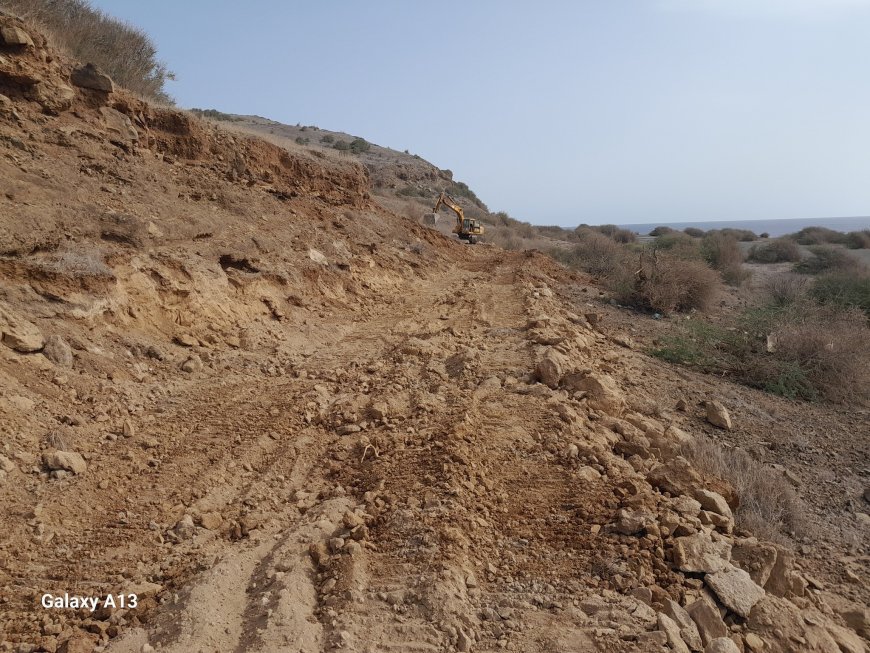
The work, seen as of capital importance for the island, aims to create an alternative route for these two communities, improving access and facilitating the movement of people and goods. However, the decision to pave the road with cobblestones has raised a number of questions among the population and observers. In a national and international context where modern roads are almost exclusively tarred, the island of Brava seems to be following a different path, generating heated debate about the sustainability and logic of this option.
In Cape Verde, both in rehabilitation projects and in the construction of new roads, asphalt is the material of choice, recognized for its durability, safety and comfort for users. The contrast with the reality in Brava is evident and, for many, inexplicable. "We don't understand why, in a time of asphalt roads, they insist on putting sidewalk on roads on the island of Brava," commented a local resident, who preferred not to be identified.
While sidewalks have their value in historic urban contexts or on roads with less traffic, they have several disadvantages on main roads. Its uneven surface can cause damage to vehicles, reduce safety and increase travel times. In addition, the maintenance of this type of paving can be more complex and costly in the long term, contradicting the idea of an economically viable solution.
The insistence on using parallels has been a constant on the island, leading to speculation about the reasons behind this decision. Is it for aesthetic reasons, economic reasons or a lack of vision for the future of the island's infrastructure? The population and local leaders are waiting for a clear explanation from the authorities. What is at stake is not just the type of material used, but the vision of development and modernity that is wanted for the island of Brava. The question that hangs in the air is: why is Brava still sticking to sidewalk, while the rest of the country is moving forward with asphalt?
